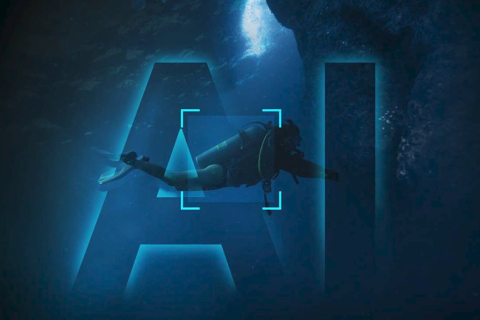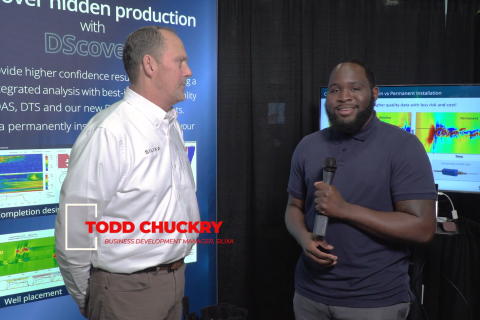In 2007, the E&P staff set out to commemorate 60 years of offshore drilling in a special supplement to our November edition. To make it interesting, we devised a plan to compile news and technology features that appeared throughout this period in E&P's legacy publication, The Petroleum Engineer.
Launched in October 1929, this magazine served as a record of note dispensing principles and best practices throughout the engineering sector of the oil and gas business. If memory serves, it was quite a "hoot" perusing these dusty volumes reading about the latest innovations in oilfield technology as seen more than 75 years prior. Of course, the target at the time was 1947 to the present; however, curiosity led to further reading from the 1930s.
One article that entertained most of the staff was a technology feature expounding on the principles and benefits of maintaining a well bore perpendicular to the surface. The underlying "problem" identified deviations from the vertical as destructive to equipment and a hindrance to overall production. Well accepted at the time, this theory has long fallen to the age-old killer of false hypotheses: different results.
Today, we talk about steerable systems. While vertical wells remain viable approaches to certain reservoirs, well bores described as "S-shaped" and "J-shaped" are discussed as complex yet fairly common. Horizontal drilling outpaced vertical some years ago, and most drilling engineers discuss "building curve" more than any other topic.
The roughneck of the 1930s would be mystified in a modern drilling cabin and possibly not more qualified than the average roustabout. How did we get here? The answer is simple: innovation.
Downhole systems and tools are more advanced than ever before. Engineers both young and old have contributed a great deal to the knowledge gap from this industry's inception to today. More importantly, field experience has played a large part in bringing new tools, or combinations of older tools, into the modern drilling environment.
One of the problems associated with the multitude of downhole technologies now present is segmentation. Small business units that are isolated and out of communication even within their own companies can create blind spots, preventing a view of the big picture where most innovative ideas arise.
Steven Farley is an R&D engineer for Weatherford International Ltd. Farley, now 33 years old, was recently awarded (along with his team) Hart Energy's Meritorious Engineering Award in Drilling for the company's MotarySteerable technology at the Offshore Technology Conference in Houston April 30-May 3. When asked how the tool's hybrid concept came to him initially, Farley replied, "Working in the field."
"A standard well site is basically a conglomeration of all the various subsets within the drilling technology arena," Farley said. "Once you see these functioning in unison, you begin to see the similarities."
The tool, for which Farley is named on the patent, is a combination of both standard mud motor technology and a rotary steerable system. Beginning in 2007, Farley worked from a proof of concept to its recent commercialization. The tool provides directional control like a steerable system but with a lower cost.
At the end of the day, an engineer with decades of experience is more valuable than one with new boots. But being "wet behind the ears" is not necessarily a bad thing if it allows you to see the big picture and to identify areas where performance can be improved.
Recommended Reading
Tech Trends: QYSEA’s Artificially Intelligent Underwater Additions
2024-02-13 - Using their AI underwater image filtering algorithm, the QYSEA AI Diver Tracking allows the FIFISH ROV to identify a diver's movements and conducts real-time automatic analysis.
Subsea Tieback Round-Up, 2026 and Beyond
2024-02-13 - The second in a two-part series, this report on subsea tiebacks looks at some of the projects around the world scheduled to come online in 2026 or later.
Exclusive: Silixa’s Distributed Fiber Optics Solutions for E&Ps
2024-03-19 - Todd Chuckry, business development manager for Silixa, highlights the company's DScover and Carina platforms to help oil and gas operators fully understand their fiber optics treatments from start to finish in this Hart Energy Exclusive.
CERAWeek: AI, Energy Industry Meet at Scary but Exciting Crossroads
2024-03-19 - From optimizing assets to enabling interoperability, digital technology works best through collaboration.
Cyber-informed Engineering Can Fortify OT Security
2024-03-12 - Ransomware is still a top threat in cybersecurity even as hacktivist attacks trend up, and the oil and gas sector must address both to maintain operational security.





